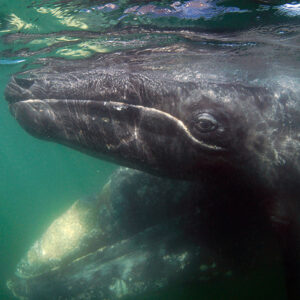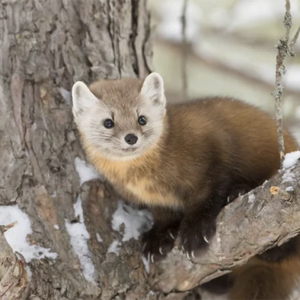
Cats, often unfairly labeled as aloof and antisocial, have been revealed to be remarkably social creatures, showcasing a diverse array of facial expressions comparable to their canine counterparts.
A recent study conducted by researchers Lauren Scott and Brittany Florkiewicz at a Los Angeles cat café has debunked the stereotype of cats as solitary beings with indifferent expressions.
While observing and recording video footage of 53 resident cats, Scott and Florkiewicz identified a surprising variety of facial expressions, challenging the perception that cats are emotionally reserved. The study revealed that cats exhibit at least as much diversity in their facial expressions as dogs, countering the popular belief that dogs are more expressive.
Contrary to the misconception that cats communicate primarily through their eyes and mouth, the researchers found that the complexity of feline expressions arises from “compositionality.” This means that to truly understand a cat’s emotions, one must pay attention to a combination of facial features, including ears, nose, whiskers, as well as eyes and mouth.
The researchers cataloged a total of 276 expressions, formed by combining 26 distinct facial movements. In comparison, dogs use 27 movements, and humans employ 44. Each expression is a unique amalgamation of four of these facial movements, encompassing actions such as parted lips, jaw drops, dilated or constricted pupils, blinks and half blinks, pulled lip corners, nose licks, protracted or retracted whiskers, and various ear positions.
Live Science, which interviewed the authors, highlighted that the majority of these expressions were geared towards sociability, indicating a cat’s intention to communicate with another feline or a human in a cooperative and calm manner. This challenges the misconception that cats are inherently standoffish and unfriendly.
Florkiewicz told the outlet, “It was surprising to see them play-fighting, and then things escalated into an aggressive encounter. You can see a change in their facial expressions. At first one cat’s eyes were more relaxed and its ears and whiskers were pushed forward, a movement to get closer to the other cat. But then things got ugly, and it moved its ears and whiskers backward — its demeanor changed pretty quickly.”
One intriguing discovery was the identification of a “common play face” shared by domestic cats and observed in other mammals like monkeys, humans, and dogs. This expression is characterized by the corners of the mouth drawn back and the jaw dropped, resembling a joyful laugh. The similarity in this expression suggests a shared emotional language across species during moments of play and interaction.
Scott and Florkiewicz hope that their findings will be beneficial for organizations such as humane societies, shelters, and multiple cat households. By understanding the different facial expressions of cats, these institutions can create environments that cater to the social and emotional needs of feline residents.
The research offers insights that could enhance the well-being of cats in various settings, fostering better communication and connection between cats and their human caregivers. Ultimately, the study challenges preconceived notions about cats, shedding light on the intricate social world hidden behind their seemingly reserved façade.
What are your thoughts? Please comment below and share this news!
True Activist / Report a typo


